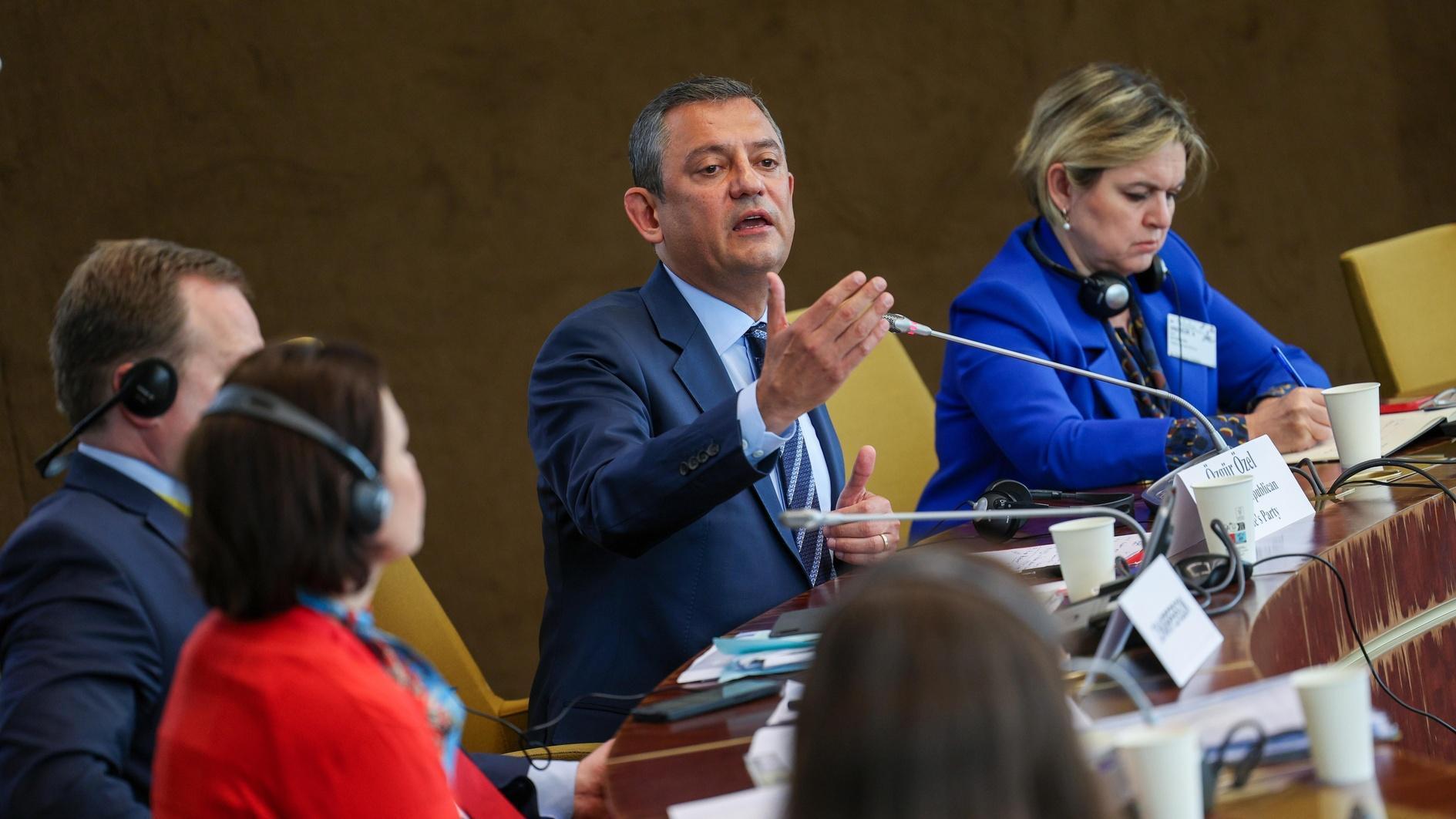10 percent of Turkish Red Crescent works under high risk
The Turkish Red Crescent Society, Kızılay in Turkish, is celebrating its 150th anniversary. Expanding its activities abroad, Kızılay has become one of the key institutions to project Turkey’s soft power. Kızılay’s increasing activities in the former Ottoman lands have also drawn criticism against Turkey that it is pursuing neo-Ottoman aspirations.
When I asked about these criticisms, Kızılay head Kerem Kınık answered by recalling that Ethiopia, for instance, was under Ottoman rule for 350 years. “Kızılay had branches in four cities. Do we have any now? No. We still remain the owner of a building in [the eastern city] Harar for instance,” he told me in an interview last week. He added that Kızılay will finally open a branch in Addis Ababa this year.
Since 2015, Kızılay has set up permanent humanitarian missions in 12 countries, including Bulgaria, Georgia, Yemen, and Bangladesh, among others. It operates its activities in more than 40 countries. It prioritizes its activities according to a matrix of parameters: a) The capacity to reach and act efficiently and effectively, b) territories with which Turkey has traditional ties, c) the gap between the need and the response. South Sudan, where there is a huge catastrophe but few humanitarian actors, is an example to explain this parameter. And, finally, the donors’ choices.
“We have a private individual donor portfolio and we have ongoing campaigns and appeals for activities in specific countries,” said Kınık. Two million people donate to Kızılay each year more than 2.5 times, according to Kınık. Big enterprises also make their donations while indicating their specific choice for a country.
While Palestine comes first in the donor preferences, Somalia, Bangladesh (for Rohingya Muslims), and Syria are among the top in the list.
Kızılay operates in conflict zones and 10 percent of Kızılay personnel work under high risk, according to Kınık.
War-torn Syria is obviously one of the countries where Kızılay has one of its biggest operations.
How does Kızılay operate in view of Turkey’s engagement in the conflict in Syria, in Idlib, for instance, where Kınık said Kızılay provides assistance to 3.5 million people? “How do you deal with the risk of radical elements trying to mingle among civilians?” I asked.
“There are 17 different conflicts among different groups, according to the International Red Cross. One group defects from one group and joins another, and that keeps changing every day. A group that fought the regime suddenly becomes an ally of the regime,” he said.
“As an institution working in a war zone, we have to observe them and know who is who, who is in an alliance with whom, and we need to somehow be in touch with them for our humanitarian assistance to reach its destinations. Some of them are extremist terrorists, while some are moderate opposition groups. Turkey has a strong intelligence and security force in Syria. It is a diplomatic success for Turkey to pursue a policy that manages relations with the United States, Russia, and Iran. Turkey is engaged in serious efforts to disarm these elements and to alleviate the threats from these elements towards civilians, as well as to decrease tension. So we work with our security forces as well as with some regional stakeholders to protect civilians,” he added.
By relying on the Turkish security forces on discerning who is and who might be problematic since what can be seen as moderate by Turkey could be recognized as an extremist by another player in the region, can that make Kızılay’s standing contested?
“We are fully neutral when it comes to armed forces. But we have an auxiliary role to play vis-a-vis our country. It is only natural for me to cooperate with our forces and every national society is doing that. But we focus on protecting civilians from armed conflict,” said Kınık.
In addition to the assistance brought inside Syria, Kınık also gave detailed information about Kızılay’s activities toward refugees in Turkey. Half of Kızılay’s budget goes to the assistance provided to refugees.
I interviewed Kınık before President Recep Tayyip Erdoğan announced plans to have 4 million Syrians return to the safe zones that will be set up by Ankara. I asked him about their projections in terms of Syrians going back home.
“We don’t have clear-cut numbers on that. But the only input we have is that, according to UNHCR surveys, in similar crises, the average time spent outside the country is 17 years. It is not enough to see an armed conflict ending. They wait for a stable environment where their rights will be protected. Having lost their homes and employment, they won’t go back until these needs are compensated. And we work for that.”
Kınık is not hopeful that EU member countries will give their consent for the funds allocated for Syrian refugees in Turkey to be used inside Syria until they see an end to the armed conflict.











